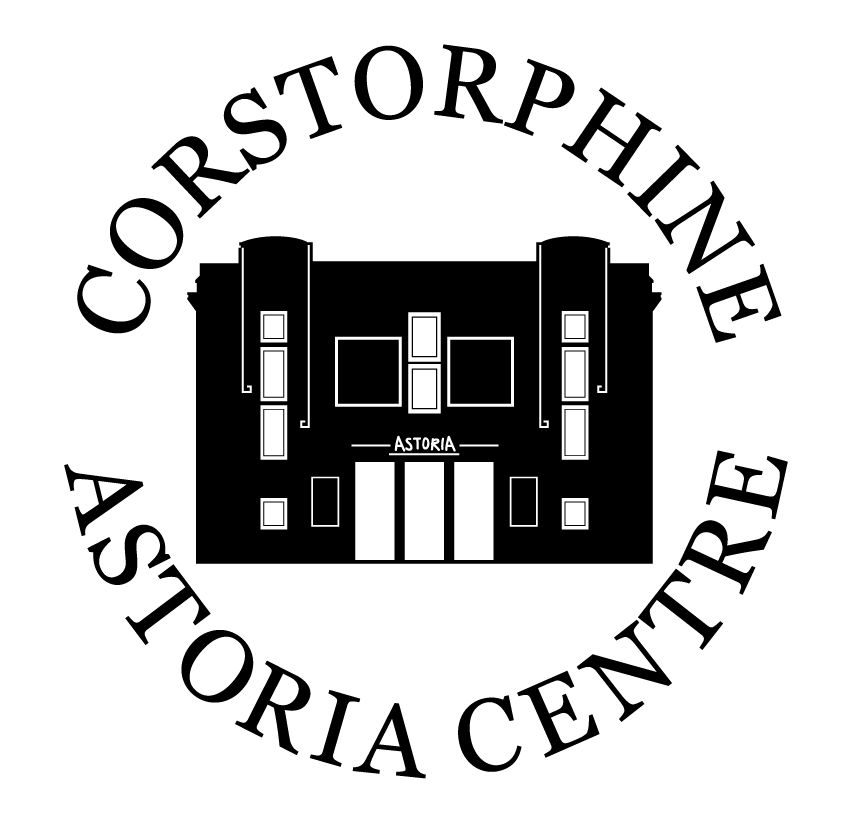
In 1929, a small group of businessmen, led by FR Graham-Yooll engaged the architect T Bowhill Gibson (who had already completed five cinema projects in Edinburgh) to design a cinema for Corstorphine. The first manager was Mr Arthur Albion who had managed some of T Bowhill Gibson other Edinburgh cinema projects. In the past he had so skilfully controlled his other Edinburgh cinemas ranking them to be the most popular in town and he was now to bring his expertise and head the management for the two newest Edinburgh cinemas in FR Graham-Yooll empire, the Blue Halls and the Astoria Corstorphine.



F R Graham-Yooll, T Bowhill Gibson, Mr Arthur Albion,
The Big Man behind Astoria Architect Manager
 Lead by FR Graham-Yooll, this small group of business men met and discussed the prospect of building a new cinema in Corstorphine. Things moved quickly and within the year, a site was found on one of Corstorphine’s main thoroughfares at Manse Road – the site was bought and the cinema erected.
Lead by FR Graham-Yooll, this small group of business men met and discussed the prospect of building a new cinema in Corstorphine. Things moved quickly and within the year, a site was found on one of Corstorphine’s main thoroughfares at Manse Road – the site was bought and the cinema erected.
They created a building in the Art Deco style which was named “Astoria”, in common with several other cinemas around the UK.
The Astoria auditorium had 1369 seats, 946 in the stalls and 423 in the balcony. At the front below the screen there was a stage, 15 feet deep, ‘suitable for small turns’ and on each side were small dressing rooms. Although primarily a “talking picture theatre”, the aim was to provide (in modern parlance) a rounded entertainment experience. There were often singers and of course stirring organ music before or between films.



The middle years of the 20th century were the heyday of the cinema and the Astoria opened in Corstorphine at 2.00 pm on Wednesday 1 January 1930 with an organ solo played by Mr Lyndon Laird, followed by the film “Movietone Follies of 1929”.

 Many have reminisces of the Cinema. In the 1950s “The manager of the cinema then was a Mr Young. He always dressed in evening wear with black dinner suit, white shirt and black bow tie. Admission for children then was: 9d for the front stalls, 10d for rear stalls and a shilling for balcony. The adult prices were double.”
Many have reminisces of the Cinema. In the 1950s “The manager of the cinema then was a Mr Young. He always dressed in evening wear with black dinner suit, white shirt and black bow tie. Admission for children then was: 9d for the front stalls, 10d for rear stalls and a shilling for balcony. The adult prices were double.”
“In the mid-1950s Mr Young changed the Saturday matinee to a children’s version. That meant the cinema organ came into action. I believe that the said organ was the last one left in Edinburgh. The reason for that organ being used was that we had a ‘sing song’ as part of the program.”
“Firstly, you would get, say, a Flash Gordon serial. This had around 26 episodes and was quite old. It had originally been made in the 1930s. It was the cinema’s soap opera. Next was the ‘sing song’. Someone played the organ and the lyrics to the song were up on the screen. Mr Young used to come round with the microphone and got children to sing into it individually. After that there would usually be a short Western film.”
“Once the 1960s came around, the cinema was less busy, this being due to most people by then having television. By 1970 it was almost dead.”

 “When you went in, a woman called Peggy Whitecross took your money and gave you a ticket. She escorted you to your seat, came round with the ice cream tray and near end of film started to open the side window curtains. She then locked up. Peggy also did the cleaning in the mornings. Soon after that the cinema closed for good.”
“When you went in, a woman called Peggy Whitecross took your money and gave you a ticket. She escorted you to your seat, came round with the ice cream tray and near end of film started to open the side window curtains. She then locked up. Peggy also did the cleaning in the mornings. Soon after that the cinema closed for good.”
The Astoria Cinema closed in 1974 and was demolished in 1976. Nowadays the site is occupied by a supermarket (Iceland).

